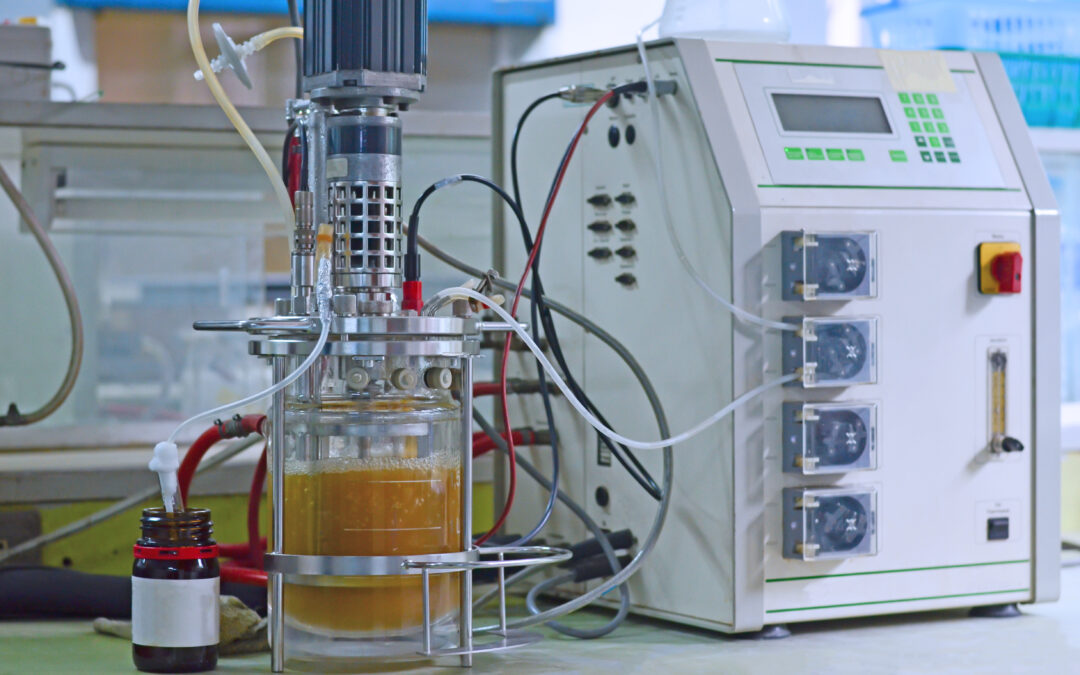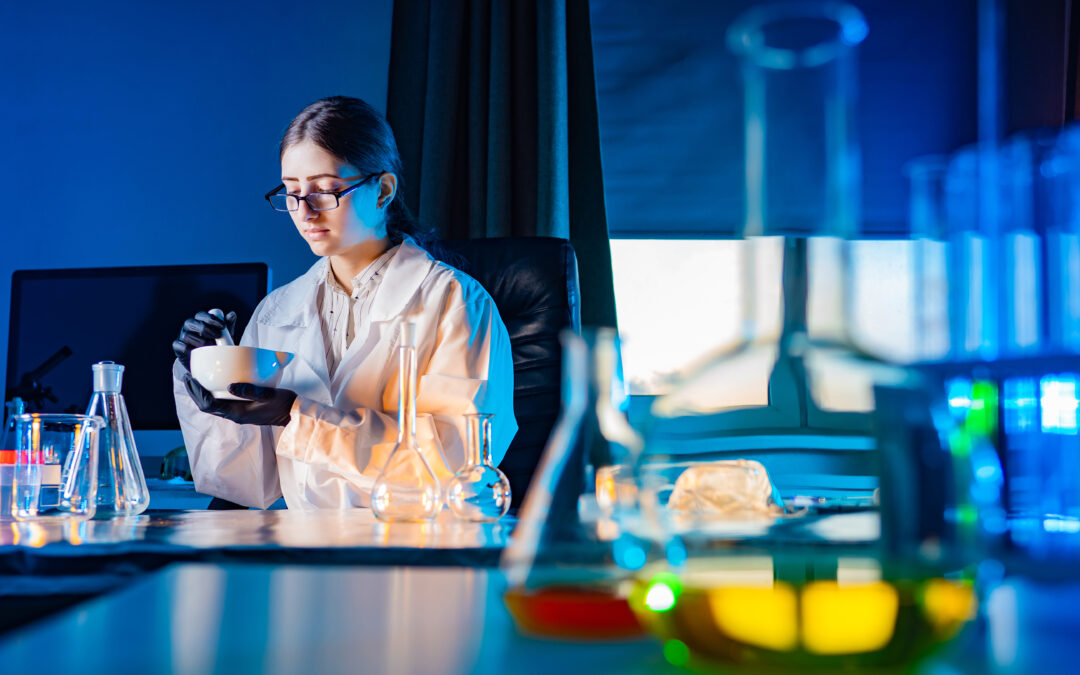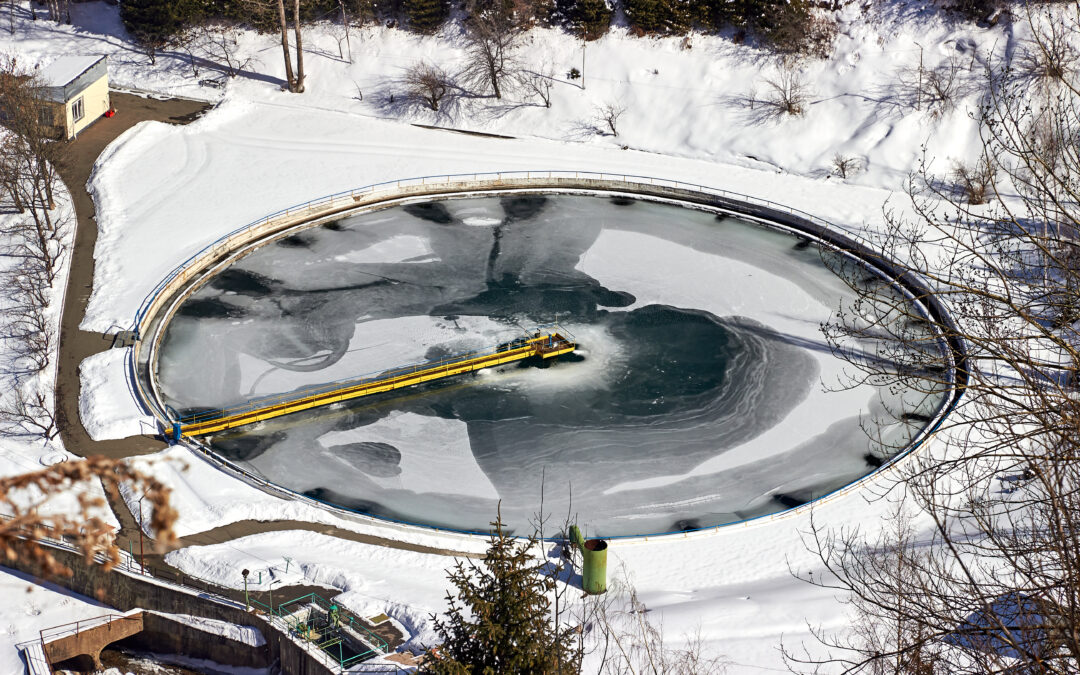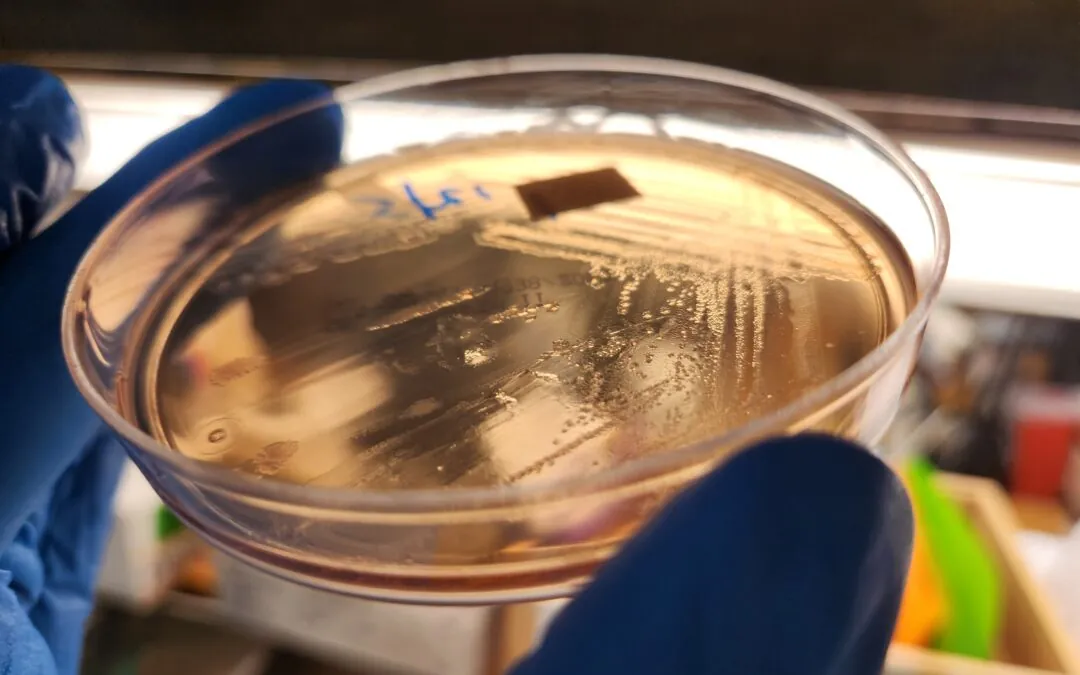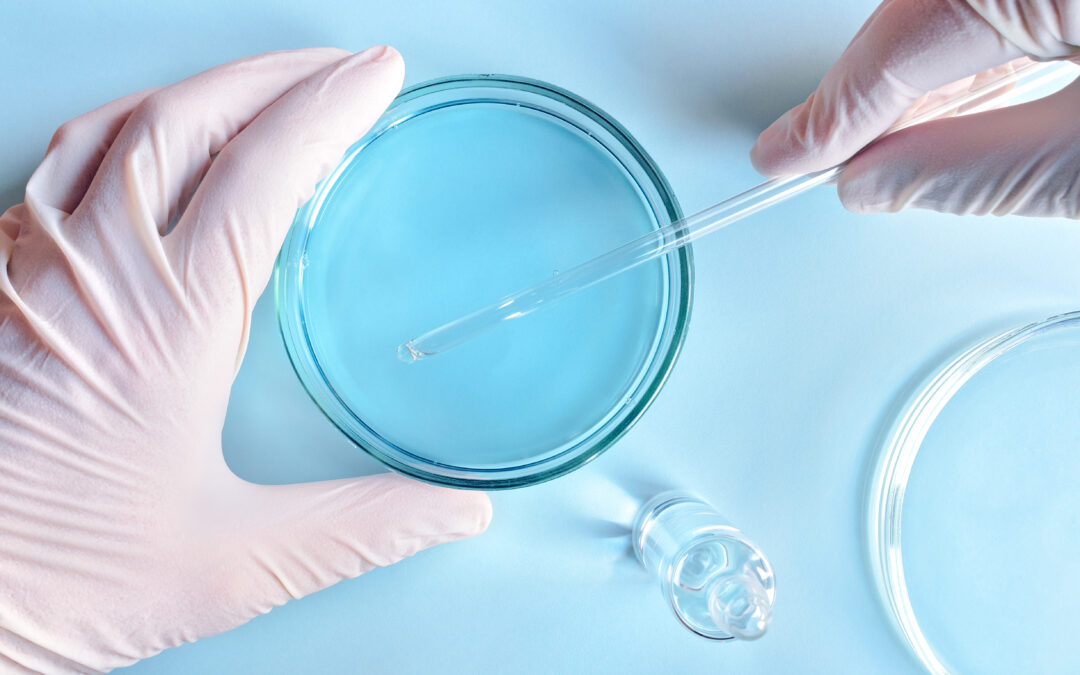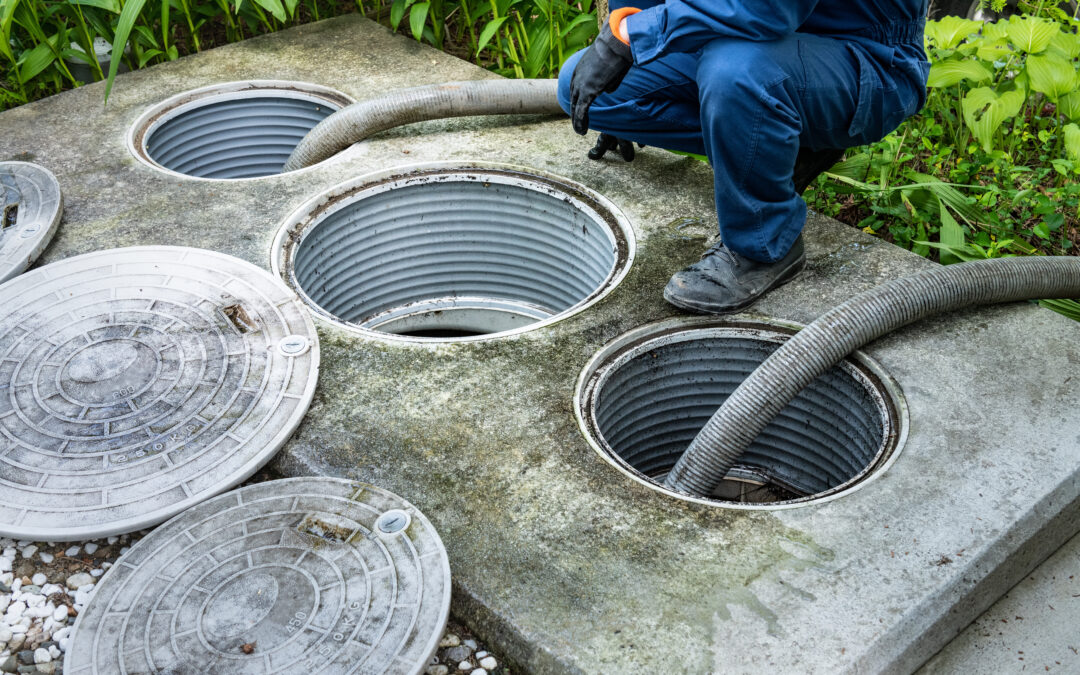Because there is no standard method for plating Bacillus powders, most labs will attempt to use a plate count method for plating water or wastewater. These types of methods will hang you out to dry pretty quickly as they just aren’t meant for your types of products.Here are some of the key concerns you will need to navigate along the way.
Certified laboratory:
Often, you will hear that customers sent your product to a certified laboratory. When I hear that a “certified lab” provided plating results, I always ask in which areas are they certified? Their answer will often be your first clue that they may not be using the right procedure for your product. Most often they are a certified drinking water laboratory or have wastewater certifications and are attempting to apply a procedure such as Heterotrophic Plate Count 9215B (Standard Methods for the Examination of Water and Wastewater) to your powdered product. A few times, we come across a certified food microbiology testing laboratory and they are trying to apply food microbiology procedures to your product. Never once have I come across a laboratory that is certified in plating highly
Unfortunately, in most cases the methods being applied by these “certified” labs are not a good fit for plating your powdered product. So don’t be immediately impressed by lab certifications. Often these certified labs are only using the procedures they are certified to perform. To them they are selling hammers, and every sample looks like nails. If possible, always ask to see the protocols used to plate your product and you will find they are using the wrong procedure. Here are some of the weaknesses of the procedures being applied.
Lack of uniform powder sampling:
These methods jump right into plating protocols and don’t provide a protocol for taking multiple coring samples from powders or pail mixing to overcome settling and uneven distribution that may have occurred during shipping. Further, we often find the methods mistakenly used by these labs are meant for a small liquid sample, which doesn’t take a lot of mixing to create a uniform sample. Lack of uniform sampling will kill you on your plate counts. Keep in mind they can only plate the sample that was given to them, so if customs is not using coring devices or mixing your pails or drums to collect representative samples, this is a major concern.
Method of culture blending prior to plating:
Our powders contain high count, non-hydrated, charge containing hydrophobic spores often on insoluble carriers depending on the type of product (bran). This creates problems when using a method for plating liquids often used by these labs. The spore powders are not hydrated, so steps have to be in place to get the spores to go into solution, especially if it is a bran product that does not completely dissolve. Further the spores carry a charge and are hydrophobic. These two properties will naturally result in spore clumping. If two spores are attached to each other when they land on plate count media, as they grow they will form only one colony, so they will be counted improperly. That means your count was just cut in half. Well what happens if your spores are clumped in groups of 5 or 10? These problems are solved with proper plating methods meant for Bacillus powders. For instance in the AOAC scientific journal article entitled “Enumeration of Probiotic Bacilli Spores in Animal Feed: Interlaboratory Study” attempts were made to study the variation in plating enumeration between 14 different laboratories. In this study, using high speed blenders for a specified amount of time was required to efficiently hydrate and blend the spores to obtain a representative count. Do you know that most methods for plating water and wastewater only require you to shake the tube by hand or vortex? Trust me; shaking a tube 25 times is no replacement for blending in a high speed blender spinning at 18,000-22,000 rpms for 1-3 minutes. You’ve probably seen what these infomercial high speed blenders can do to fruits and vegetables in 30 seconds. I challenge you to put these same fruit and vegetables in a blender but rather than blending, try shaking the blender 25 times and see if you get the same end result. Of course not! So why are we mixing Bacillus powders this way? There is even disagreement in the industry on the use of stomachers commonly used in the food industry instead of blenders. Our testing suggests findings similar to literature that stomachers will undercut your counts by 20-30% when compared to using high speed blending. This is especially important when you are plating spores blended on a non-soluble carrier, as stomachers just don’t do an adequate job. Blenders are absolutely necessary. If a high shear stomacher gives you inadequate counts, what will merely shaking or vortexing as applied by Standard Methods 9215B do to your counts? There is nothing wrong with 9215B methods………………..if you are plating water samples.
Blending diluents and pasteurization:
Earlier I referred to spores having a charge. Many of the methods commonly used with plating Bacillus suggest the use of compounds such as Tween or SLS which helps to neutralize the charge of the spores or break up clumps to allow for more representative enumeration. Bacillus liquid products often contain a small amount of surfactant that helps to prevent clumping enumeration problems. Contract or third party labs, who struggle with your powder, will do a better job plating your hydrated and charge neutralizing surfactant containing liquid products. When plating our 200 Billion to 1 Trillion per gram powders, you will also find you obtain a higher count upon pasteurization of the initial hydrated powder. Why is that? First off, low temperature long time (LTLT) pasteurization protocols require 30 minutes of pasteurization time. The 30 minutes alone helps to improve hydration considerably. Further, the pasteurization step helps to also break up spore clumps. Finally, pasteurization also helps to heat shock the spores which will lead to improved germination and enumeration on less than ideal media for Bacillus spores. Note that none of these extra steps are found in heterotrophic plate counting procedures. A word of caution: if you are using a competitor’s product that may struggle in making strong mature spores, pasteurization can be a problem, so make sure you have considered the pasteurization step on a supplier and product case by case basis.
Settling after blending:
These high count powders will settle after blending prior to further dilution. If you are lucky enough to have a lab that actually uses a blender, it is important they sample right away from the middle of the blended liquid. I read one procedure from a certified lab that allowed them 20 minutes after blending before plating the product. Wow, we should be talking seconds not minutes. If you wait too long before sampling, or take from the top of the blended liquid, you stand a chance of getting a non-representative sample count. Conversely we have had labs say our counts are too high, and often the problem is they have let the blended sample sit too long, and they are taking from the bottom of the blending jar where the spores have settled with time. Just remember, it is important that spores are not allowed to settle after blending.
To be continued:
Stay tuned for Part II of “How You Count, Really Counts” where we will discuss problems with:
- Plating media types
- Pour vs. spread plates and timing of incubation
- Temperatures of incubation
- Lab technician experience and reducing variation
- Including the findings of the Bacillus Interlaboratory Study
- How customers overcome these issues
Until we chat again, always remember How you count really counts!
Michael King, Ph.D.
Leuschner, R. et. al. 2003. Enumeration of Probiotic Bacilli Spores in Animal Feed: Interlaboratory Study. JOURNAL OF AOAC INTERNATIONAL VOL. 86, NO. 3.
